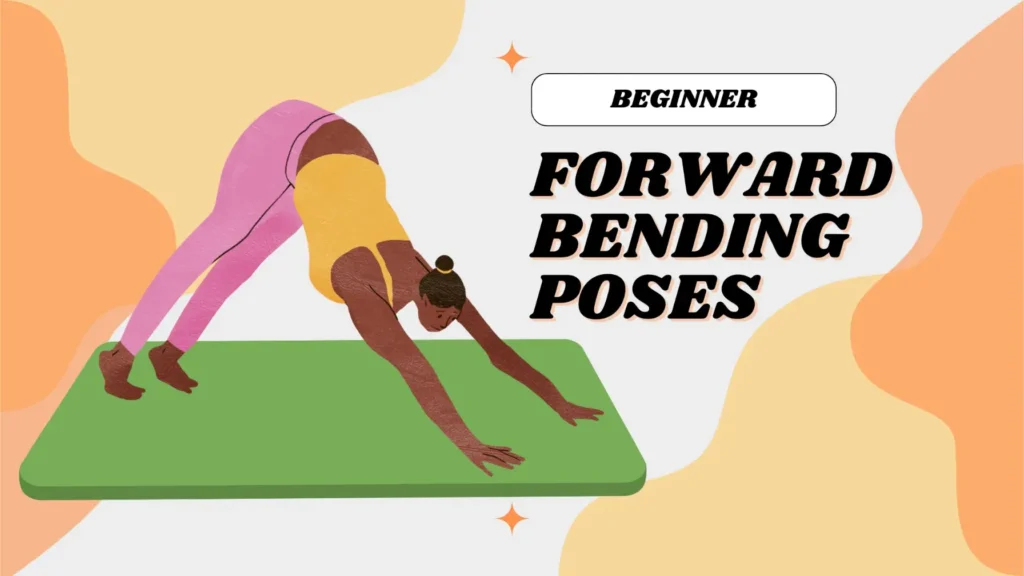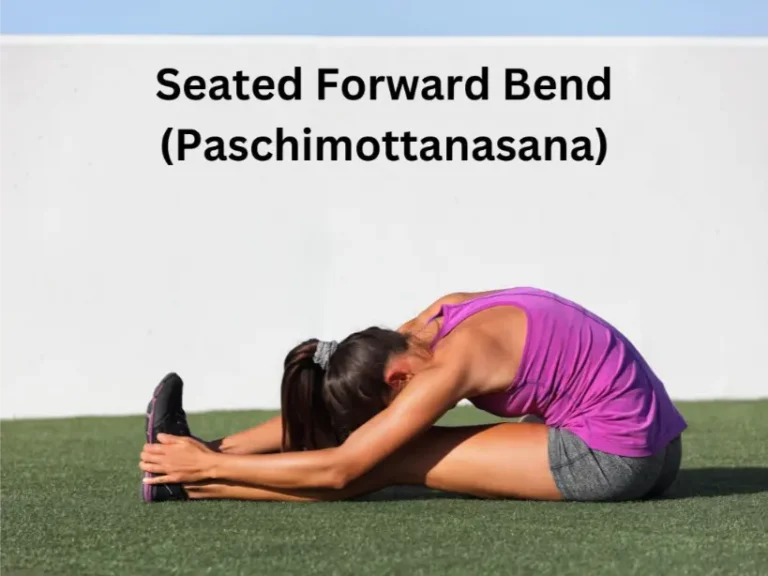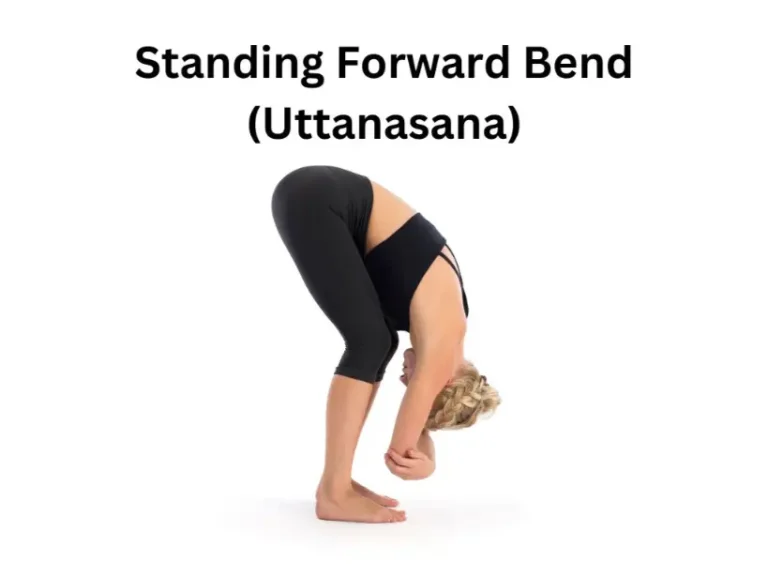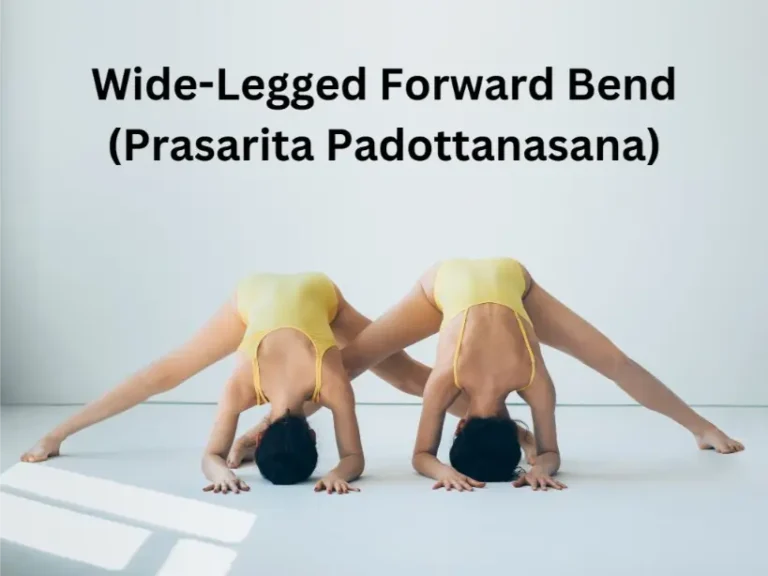
Exploring the Foundations: Basic Forward Yoga Poses for Mind-Body Harmony
Table of Contents
Yoga, an ancient practice originating in India, offers a profound pathway to holistic wellness. Among its various forms, forward bending poses hold a special place, aiding in flexibility, relaxation, and introspection. These poses, when practiced mindfully, facilitate physical, mental, and emotional well-being. In this article, we delve into the essence of basic forward yoga poses, exploring their techniques, benefits, and variations.
Understanding Forward Bends:
Forward bending poses, known as Paschimottanasana in Sanskrit, involve folding the body forward from the hips, lengthening the spine, and reaching toward the toes. These poses primarily target the posterior chain of muscles, including the hamstrings, lower back, and calves. Additionally, they stimulate the parasympathetic nervous system, inducing a sense of calmness and relaxation.
Techniques and Alignment:
1. Seated Forward Bend (Paschimottanasana):

- Begin seated with legs extended in front.
- Inhale, lengthen the spine, and exhale, hinge at the hips to fold forward.
- Hold onto the feet, shins, or thighs, keeping the spine long.
- Relax the neck and gaze toward the toes.
- Breathe deeply and hold the pose for 30-60 seconds .
2. Standing Forward Bend (Uttanasana):

- Stand tall with feet hip-width apart.
- Inhale, raise the arms overhead, and exhale, hinge at the hips to fold forward.
- Allow the hands to rest on the shins, ankles, or the floor.
- Keep the knees soft and the spine elongated.
- Relax the head and neck, and hold the pose for 30-60 seconds.
3. Wide-Legged Forward Bend (Prasarita Padottanasana):

- Stand with legs wide apart.
- Inhale, lengthen the spine, and exhale, hinge at the hips to fold forward.
- Place the hands on the floor directly below the shoulders.
- Keep the legs engaged and the spine extended.
- Hold the pose for 30-60 seconds, breathing deeply.
Benefits of Forward Bends:
- Improves Flexibility: Regular practice of forward bends enhances the flexibility of the spine, hamstrings, and hip flexors.
- Relieves Tension: These poses alleviate tension in the back, neck, and shoulders, promoting relaxation and stress relief.
- Stimulates Digestion: Forward bends compress the abdomen, stimulating digestive organs and improving digestion.
- Calms the Mind: The gentle inversion in forward bends soothes the nervous system, promoting mental tranquility and emotional balance.
- Enhances Circulation: Forward bends encourage blood flow to the brain, promoting clarity of thought and concentration .
Variations and Modifications:
- Using Props: Props like blocks or straps can be used to modify forward bends, providing support and extending reach for those with limited flexibility.
- Chair Forward Bend: Those with mobility issues can perform a seated forward bend on a chair, keeping the feet flat on the floor and folding forward from the hips.
- Half Forward Bend: For individuals with tight hamstrings, a half forward bend with a micro bend in the knees can be practiced to gradually build flexibility.
Conclusion:
Basic forward yoga poses offer a gateway to physical suppleness, mental serenity, and emotional equilibrium. Integrating these poses into your yoga practice can foster a profound sense of well-being, both on and off the mat. Remember to approach each pose with mindfulness, honoring your body’s limitations, and embracing the journey of self-discovery and growth that yoga embodies. As you explore the gentle art of forward bending, may you find harmony and peace within.